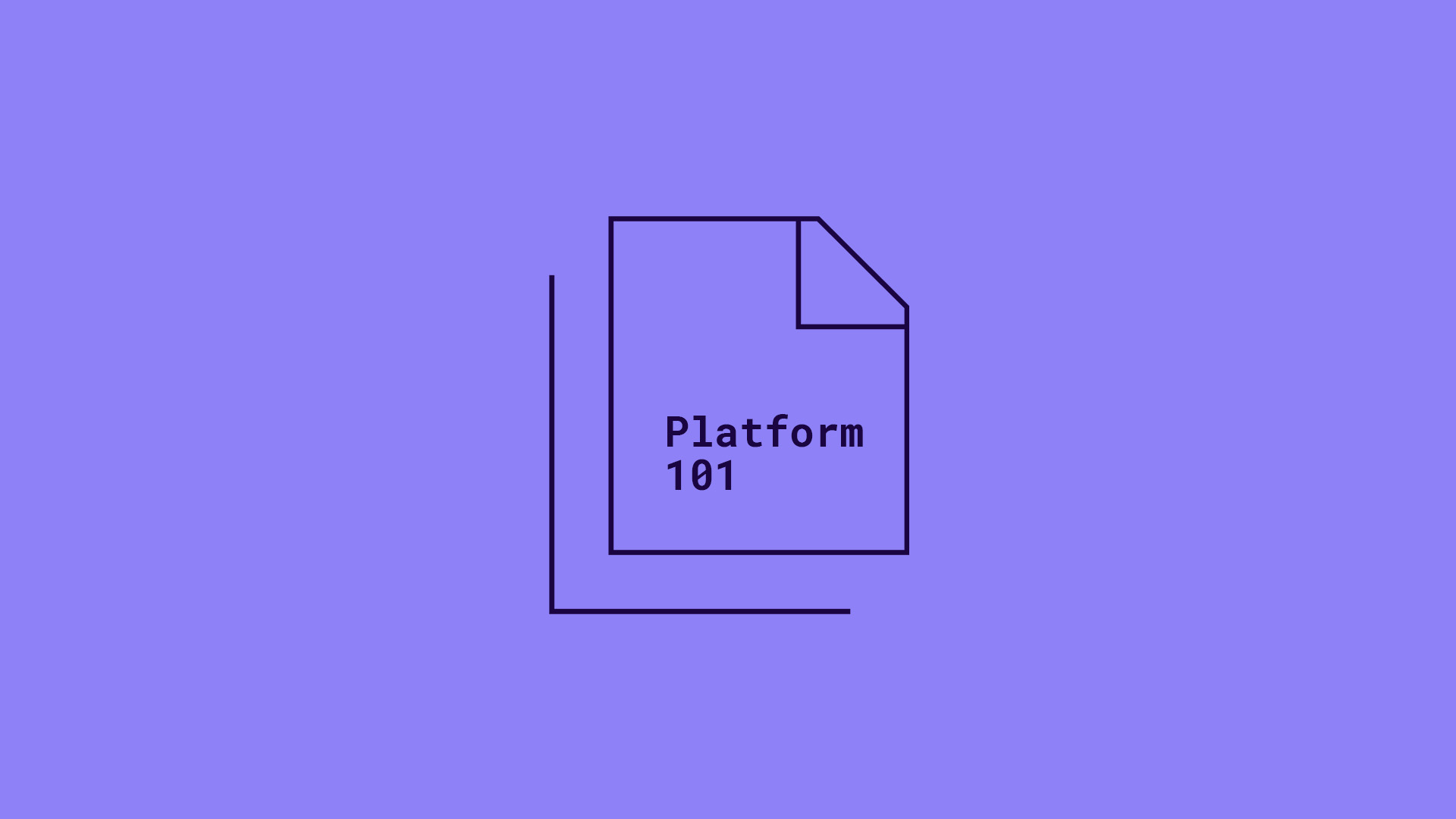By Joe Dustin, VP, GM, eCOA
For almost two decades, the benefits of electronic clinical outcome assessments (eCOA) were widely known. In 2009, the FDA published its final ePRO guidance, signaling to the industry that eCOA was ready for mass adoption. Yet in 2015, Industry Standard Research released a report indicating that nearly 50% of all COA data collection in clinical research was still conducted using paper¹¹.
Now eight years later, our industry is at the precipice of a digital tipping point. Technology has gotten more ubiquitous, solutions have scaled across more therapeutic areas, and clinical development teams are including more opportunities to capture the patient's voice directly, reflecting them within study protocols.
The rise of decentralization post-COVID means more trials than ever are opting to use digital methods of data collection like eCOA instead of their paper counterparts. Sponsor companies like GSK, and contract research organizations (CROs) like Syneos Health have made multi-year investments in decentralized methods. Meanwhile, regulators like the EMA and FDA have begun issuing recommendations and even revisions and updates to existing regulations and guidance.
So, what does the future hold?
Analysts suggest that eCOA is poised to grow even more, with Data Bridge Market Research predicting that the eCOA market will grow by 3 billion² over the next five years.
While no one can truly know what the future holds, I look to recent conversations I’ve had with customers as a future indicator that eCOA is evolving faster than ever, standardizing itself and becoming the new norm for COAs.
By now, it’s well known that eCOA offers a better data collection experience than traditional paper COA. This is because eCOA is better able to fit into participants' daily lives while collecting high-quality data, making the dreaded “parking lot syndrome” a thing of the past.
eCOA capabilities like “bring your own device (BYOD),” smart notifications and reminders, and the addition of wearables and sensors to collect passive and objective data provide a more complete picture of a clinical research participant and unlock new engagement opportunities.
eCOA Solutions have come a long way in the past 15 years (since the FDA guidance of 2009,) but what I believe sponsors and CROs are most excited about is the ability to unify the participant experience.
Medable's platform offers an application programming interface (API) that easily integrates with any existing clinical trial system. This has enabled our customers to create their ideal trial ecosystem “behind the scenes,” which presents participants with a single digital experience that’s akin to a digital trial concierge. eCOA is at the center of this experience, but it is also so much more.
The last 15 years have given rise to an enablement-first strategy in clinical trials, driven by pharmaceutical companies and CROs. During this timeframe, the top 5 spend categories in eClinical technology for Clinical R&D were EDC, RTSM, eCOA, CTMS, and CDW (Clinical Data Warehouse.) Out of these categories, eCOA has been the only major system that has never really scaled into a self-service, enablement-first, SaaS model.
This is why the future looks bright for eCOA, as the industry-wide scale is expected to dramatically increase as solutions mature, standards are adopted, and innovation re-invents outdated, manual, and error-prone processes.
Sponsors and CROs want to reach the “next model” of clinical trial conduct. Many of our customers believe that patient-centered research will become the default standard and that the experiences and data collected outside of the clinic will increase, becoming as important and reliable as data collected inside it. Thus, they are keen to re-imagine and reshape their organizations around the possibilities that real-world data and evidence can create. Some customers have even begun to re-shape their teams to include more “study configurators” in their teams, instead of programmers or software engineers, as their portfolio pipeline changes.
Finally, it seems that the changing nature and complexity of many trials have steered customers away from paper COAs, as the cons begin to outweigh the pros.
Take, for example, oncology trials. These trials represent the largest number of clinical trials conducted today and the use of eCOA / ePRO is increasing. As Dr. Rick Pazdur, Director of the FDA Oncology Center of Excellence notes, “Oncology and ePROs should be used to understand QoL/severity of symptoms right from Phase 1. PROs play a central role in determining what defines a tolerable dose” as “Real-time reporting and management of adverse events (via conmeds or adjustment of dosing) help prevent unnecessary hospitalizations and patient drop out.”
It’s with all this in mind, that I believe we’ve reached the tipping point for eCOA to surpass paper as the dominant form of data collection for future trials, even across those trials where eCOA was not the norm and the primary endpoint is not derived from PROs directly.
So, if you or your organization is interested in bringing patient-centric data collection to your next trial, or if you want to know how you can make your trials future brighter, click here to schedule some time to chat with me or one of our eCOA experts.
Sources:
- https://www.slideshare.net/ISRreports/isr-edc-and-e-coaepro-market-dynamics-and-service-provider-performance-2015-slideshare
- https://www.databridgemarketresearch.com/reports/global-electronic-clinical-outcome-assessment-ecoa-market










